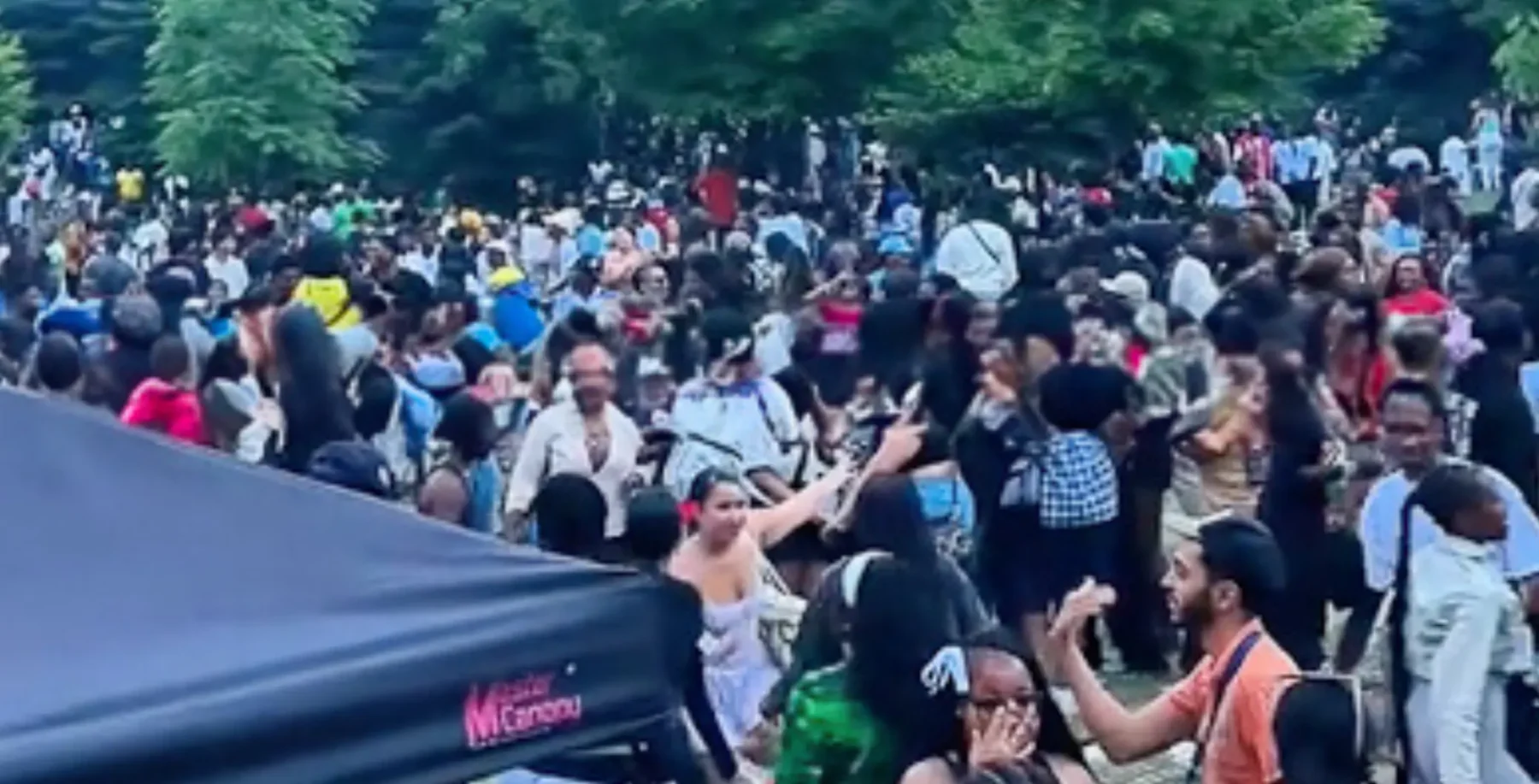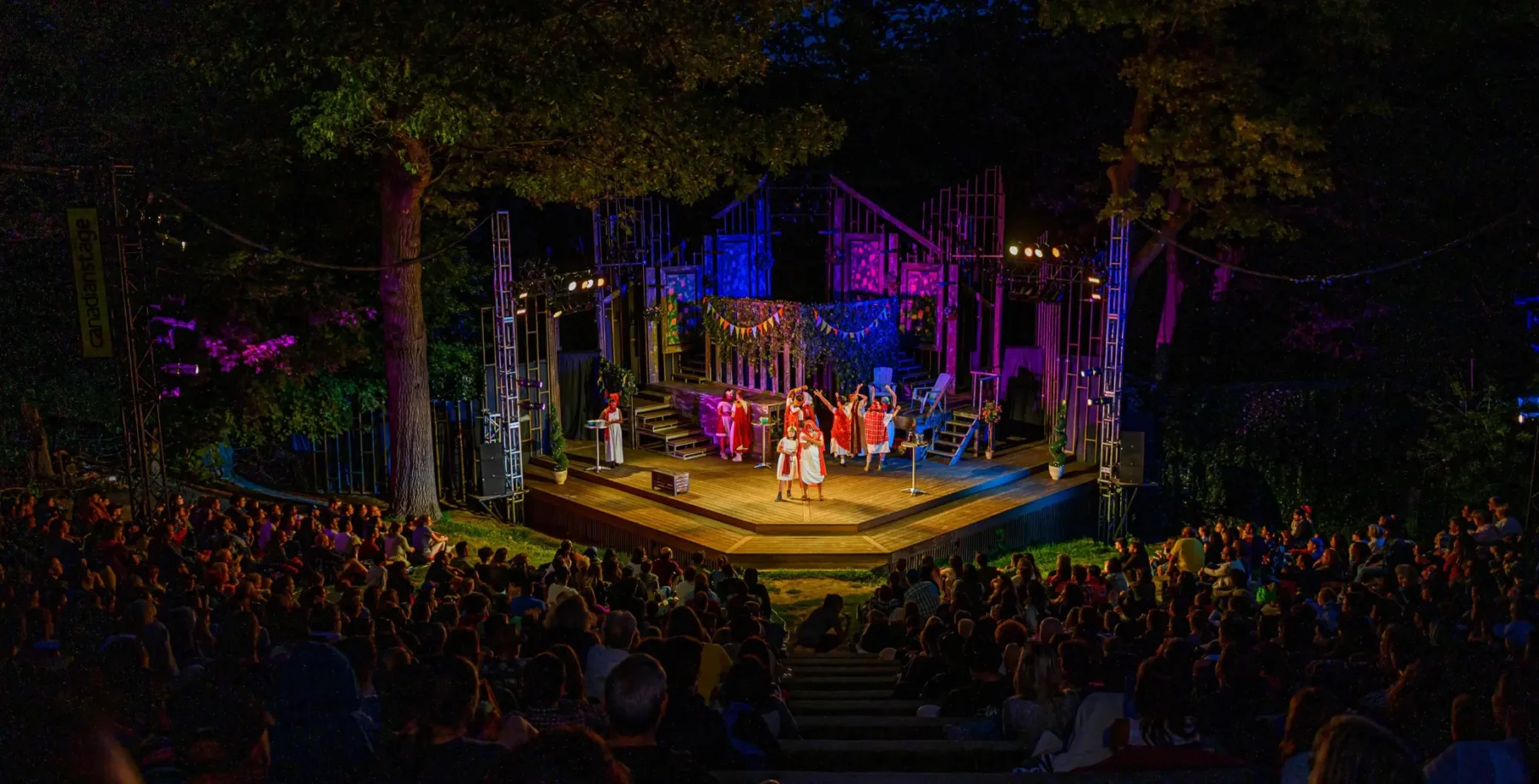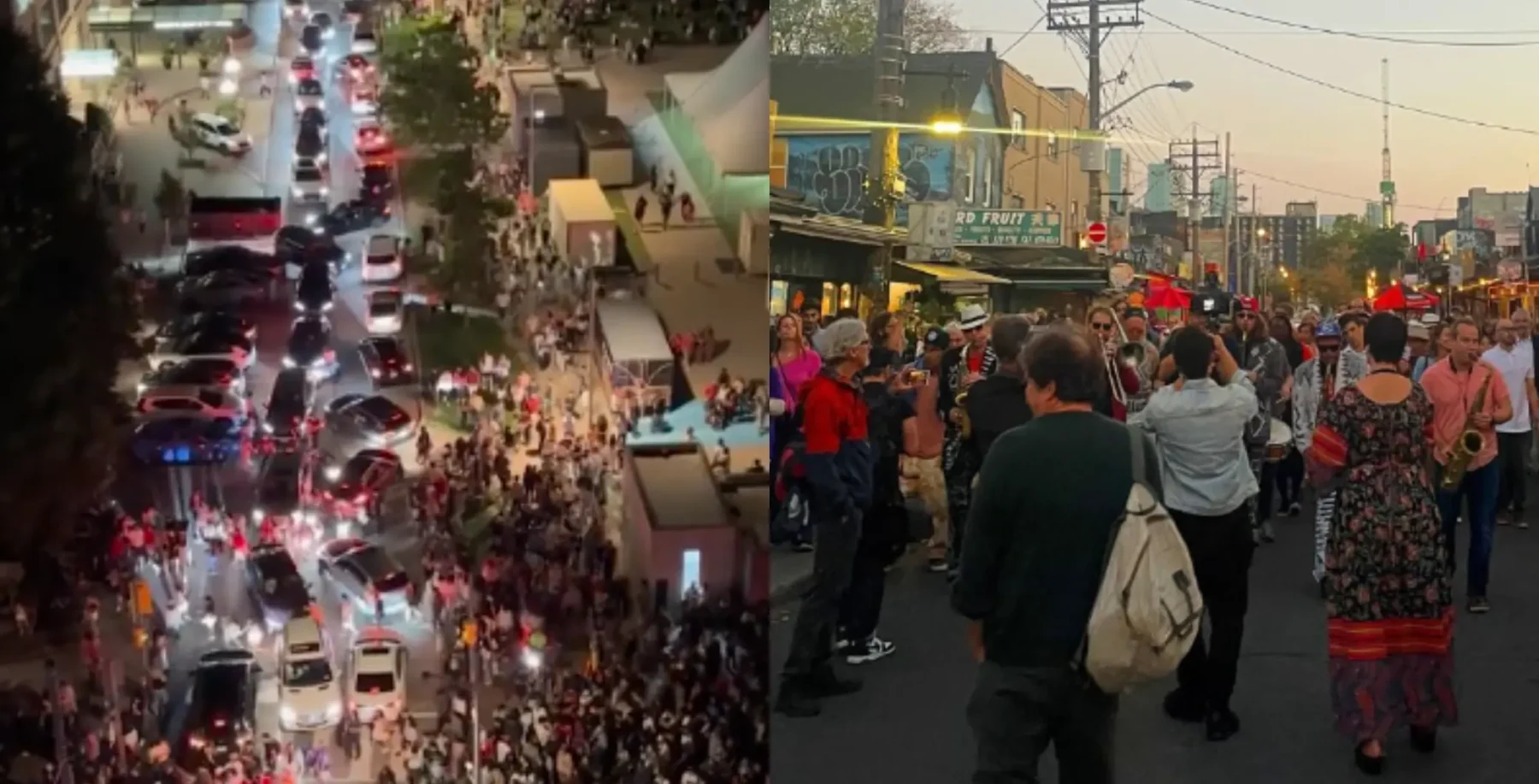
Rating: NNNNN
Almost everyone here is white and wears really nice shoes. But it’s not making much difference to the tone of this gathering. My own shoes, a bit rough at the edges, reveal my status as a 30-year survivor of the art world. I’m here at the Creative Places And Spaces conference, happening October 17 and 18 at the Distillery District and the Design Exchange. The meet is spearheaded by Artscape, the kind of non-profit that makes me slightly weepy because its mandate is to find affordable space for us marginal folk to live and work in.
Artscape’s timing is dead on, partly because it coincides with the ascension of a rising star on the economic development scene, a professor from Pittsburgh’s Carnegie Mellon University named Richard Florida, and partly because it falls in the middle of a vigorous electoral fight for City Hall.
Florida, author of The Rise Of The Creative Class, And How It’s Transforming Work, Leisure, Community And Everyday Life, has captured the public’s imagination – and given artists a head rush of social self-esteem.
In the simplest terms, Florida’s thesis is that everyone is creative and when we really start to embrace this idea, things start to shift. Take an old custard factory – as they’ve done in industry-depleted Birmingham, England – and make it into a live-work building that harnesses the creative expression of its tenants. The result energizes the environs and stimulates local economic vitality.
Florida says we are in a grand showdown between “organic processes developed by humans’ and the control structures that “squelch” them. This, he says, is “the biggest economic transformation in history a transformation [in which] the only factor is human creative power.”
Such a massage for poverty-stricken cultural workers should be very good news. But the problem that I have with it comes from what Jane Jacobs tells eager developers of cultural facilities at the gathering: “We build ovens and hope the buns will jump in.”
But us buns are struggling along day to day, and it’s downright exhausting. Our society tends to assume that art workers gave birth to themselves overnight when no one was looking, and it now heralds them as a great new economic wave. We need more than great facilities.
As more young people devote their lives to being professional artists, we need more cash to help make buns. I’m not referring to microwave dollars for quick-grow projects like festivals, or even the quadrupling of the Toronto Arts Council’s budget, which is just the start. I mean a fundamental change of mindset that acknowledges artists for the contribution they make to society and culture. The Europeans understand this.
Some artists are more skilful when it comes to money, but deprivation is the norm. The black sports jacket I bought at the Hadassah Bazaar for $8 gets by at this conference, but getting by and raising a family in this city is an unpleasantly compromising situation for an artist. To put vision into matter and produce the quality of work that is competitive, I need to work long, largely unpaid hours. It’s boom-or-bust full-time employment for workers without pensions in a small and often anemic art market.
I used to own a house up the street from Artscape’s 900 Queen West building. I can no longer afford to live there.
Before the artists moved in, the stores on the block were dingy and spare. Now the block is alive – and according to a study done by Ryerson University, the local economy has blossomed partly because of Artscape. But many of the folks who made it all happen have to check their pockets to see if they can cough up enough for a simple lunch at the juice bar on the corner.
Whitney Smith is a Toronto composer, musician, writer and teacher.












